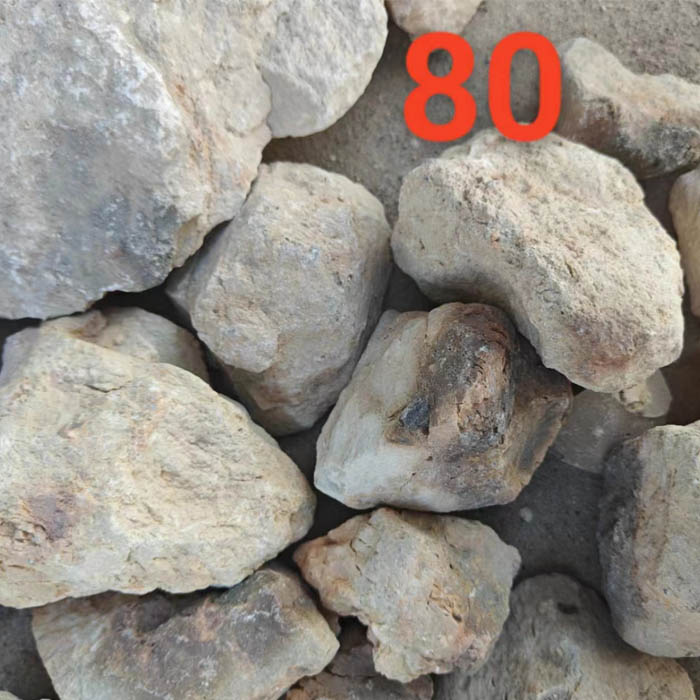Jul . 26, 2024 14:58 Back to list
Exploring the Benefits and Uses of High-Quality Fine Vermiculite in Gardening and Construction
Fine Vermiculite A Versatile Natural Mineral
Fine vermiculite is a naturally occurring mineral that has gained significant popularity in various industries due to its unique properties and versatility. This hydrated laminar mineral belongs to the phyllosilicate group and is primarily composed of magnesium, iron, and aluminum silicates. When heated to high temperatures, vermiculite expands significantly, creating a lightweight and porous material that is beneficial in multiple applications.
Properties and Benefits
One of the most remarkable features of fine vermiculite is its ability to expand when subjected to heat. This expansion can reach up to 30 times its original volume, resulting in a lightweight material that retains its structural integrity. The expanded vermiculite possesses excellent insulation properties, making it an ideal choice for thermal and acoustic insulation applications. Additionally, its high cation-exchange capacity allows it to retain moisture and nutrients, which is particularly advantageous in horticulture and agriculture.
Fine vermiculite is also non-toxic and environmentally friendly, presenting a sustainable alternative to synthetic materials. Its inert nature means that it does not react with other substances, making it safe to use in various environments, including those involving food production. These characteristics make fine vermiculite increasingly sought after in industries such as construction, horticulture, and even as a component in cosmetics.
Applications in Horticulture
In horticulture, fine vermiculite is widely used as a soil amendment. By incorporating vermiculite into potting mixes, gardeners can improve soil aeration while enhancing moisture retention. This property is particularly beneficial for seed germination and root development, as it provides a stable environment for young plants. The lightweight nature of vermiculite also allows for easy handling and transportation of potting mixes, making it a favorite among both amateur and professional gardeners.
fine vermiculite

Moreover, vermiculite’s ability to retain nutrients makes it an excellent choice for hydroponic systems, where water and nutrients must be delivered directly to plant roots. Its porous structure provides a perfect growing medium that allows for optimal drainage while ensuring that plants have access to the necessary resources for healthy growth.
Construction and Insulation Uses
Fine vermiculite is also an essential material in the construction industry. Its thermal insulation properties make it an effective component in attic insulation, fireproofing, and as a lightweight filler in concrete. When used in construction materials, fine vermiculite enhances fire resistance and reduces the material’s density, making it easier to work with and transport.
In addition to thermal insulation, fine vermiculite can also serve as an acoustic barrier, reducing sound transmission between rooms and enhancing the overall comfort of buildings. Its application in both residential and commercial properties showcases its versatility as an eco-friendly building material that meets modern sustainability criteria.
Conclusion
Fine vermiculite is a remarkable natural mineral that offers a plethora of applications across various industries. Its unique expansion properties, coupled with its lightweight and insulating qualities, make it invaluable in horticulture, construction, and beyond. As industries continue to prioritize sustainability and eco-friendliness, fine vermiculite will likely grow in demand, proving that nature often provides the best solutions for modern challenges. Whether improving plant growth or enhancing building efficiency, fine vermiculite is a testament to the endless possibilities found in natural materials.
-
High-Quality Fe-C Alloy Leading Manufacturers & Spherical Alloy Materials Supplier
NewsJun.10,2025
-
Premium Low Nitrogen Recarburiser Supplier & Manufacturer – High Quality Exporters
NewsJun.10,2025
-
DT4 High-Quality Magnetic Materials Leading DT4 Manufacturer & Supplier
NewsJun.10,2025
-
High-Performance Spring Steel Suppliers Custom Solutions
NewsJun.10,2025
-
Premium SWRCH6A Manufacturer Steel Wire Supplier & Factory
NewsJun.10,2025
-
Premium Mild Steel Wire Rod Supplier & Manufacturer
NewsJun.10,2025
